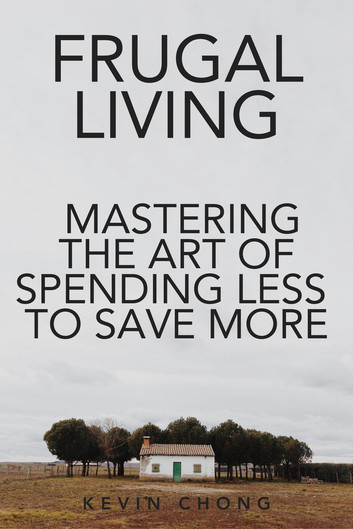Frugal living often conjures images of relentless penny-pinching and a lifestyle devoid of indulgence. However, true frugality is about balance—making intentional choices to save money while allowing room for life’s small joys. Here’s how to master the art of frugal living without feeling deprived.
1. Invest in Self-Sufficiency
One of the most empowering aspects of frugality is learning to do things yourself. For example, doing your nails at home instead of going to a salon can lead to significant savings over time. A one-time investment of about $100 in supplies can keep your nails looking great for over a year. Explore other areas where you can become self-sufficient, such as cooking, gardening, or minor home repairs. These skills save money and foster a sense of accomplishment.
2. Choose Quality Over Quantity
Frugality doesn’t mean settling for the cheapest option. It’s about making thoughtful purchases that provide value over time. For instance, splurging on a high-quality creamer you genuinely enjoy can make home-brewed coffee feel like a cafe experience—no daily coffee shop splurges needed! Similarly, investing in durable products may have higher upfront costs but save money in the long run.
3. Prioritize Experiences Over Things
A key element of balanced frugality is deciding where to spend for maximum happiness. If a gym membership is essential for your physical and mental health, keep it in your budget. It provides a chance to socialize and break the monotony of working from home. Similarly, budgeting for travel 1-2 times a year can be a rewarding way to invest in experiences. Save money on trips by:
- Traveling during shoulder seasons (just before or after peak tourist times).
- Splitting accommodation costs with friends or family.
- Using loyalty programs or credit card rewards for flights and hotels.
4. Set and Stick to Budgets
Whether it’s groceries, entertainment, or travel, setting a budget helps keep expenses in check. For instance, planning trips around your budget forces creativity and discipline, leading to more mindful spending. Use tools like apps or spreadsheets to track your finances and identify areas where you can cut back without sacrificing too much.
5. Adopt a Flexible Approach
Rigid frugality often leads to burnout. Instead, adopt a mindset of moderation. For example, you might skip dining out frequently but allow yourself occasional indulgences like a special dinner or a fancy dessert. This approach ensures you stay on track without feeling restricted.
6. Leverage Community and Sharing
Frugality doesn’t have to be a solo journey. Share resources and experiences with others to maximize savings. Some examples include:
- Organizing swap events for clothes, books, or home goods.
- Sharing subscriptions or splitting the cost of streaming services with friends.
- Co-hosting gatherings to cut down on entertainment expenses.
7. Find Joy in Simplicity
Living frugally can encourage you to find joy in simple pleasures. A home-cooked meal shared with loved ones, a walk in nature, or a DIY craft project can bring immense satisfaction without hefty price tags. Reframe your mindset to see frugality as a chance to embrace a more mindful, less materialistic way of living.
8. Celebrate Your Wins
Every small saving is a step toward financial freedom. Whether it’s successfully sticking to your budget, learning a new skill, or finding a great deal, take time to celebrate your progress. Recognizing your achievements keeps you motivated and reinforces positive habits.
Conclusion
Frugal living is a lifestyle of intentionality. It’s about aligning your spending with your values, maximizing happiness, and minimizing waste. By finding a balance between saving and spending wisely, you can enjoy life’s pleasures without compromising your financial goals. Remember, frugality isn’t about deprivation—it’s about making the most of what you have while planning for a secure future.

